October is my absolute favorite month of the year. The Caribbean breezes will soon slowly begin to blow again, everyone who has been on lengthy off-season breaks are starting to return with stories to share from their time away…And, October is host to Halloween! A time of year that was MADE for scary story telling and shedding some light on the ghosts of the past.
You all know that I LOVE a spellbinding story. So, I’m very excited to be sharing all of you, piece by piece throughout the coming months, the real life story of a shipwreck in Coral Bay. A discovery that may help to connect some very important dots of the past and cast a potential shadow on the future…
In the early 2000’s, a young Colin Hanson dove into the waters of Coral Bay in search of a solar panel that had blown off of a boat moored in Coral Bay Harbor in a recent storm. In the murky, silt-filled waters surrounding the sleepy town on the East End of St. John, US Virgin Islands, Colin found much more than a solar panel.
And, as he swam that day as a hired diver, in search of a lost boat part, he happened upon the wreckage of a ship. Lost in time and long forgotten…
Hanson, a long-time St. John resident, and his wife, Leah Randall, are both avid local divers and St. John history enthusiasts, as well as the owners of FlyAway Charters. Colin has extensive maritime experience and a vehement interest in history. With those combined, his enthusiasm for maritime archeology is only natural; blending his knowledge of the sea, weather, sailing and research. Leah’s love for local history and the sea paired with a thirst for knowledge have always been complimentary to her husband’s interests. It is one of their deepest bonds. Play together, stay together, right?!
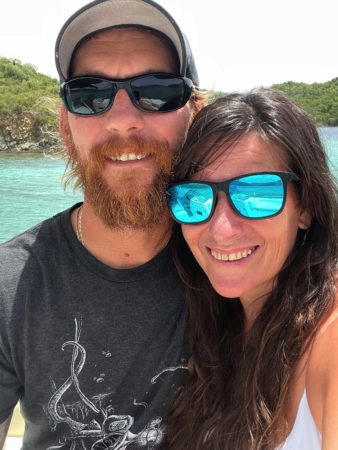
So, on that particular day, as Colin swam, he noticed a large object, shrouded in the shadows of the dark water. This object turned out to be the ballast pile of a ship that potentially dates as far back as the 1720’s-1740’s. A ballast pile is a pile of stones that once rested deep in the hold of the ship to keep the vessel’s center of gravity low and provide stability. When an experienced diver with knowledge of nautical historical resources, such as Colin, notices a pile of stones stacked just so, they begin to look for other signs of a sunken vessel.
Over the centuries, the wreckages of many vessels have been recorded in or near the waters of the Virgin Islands with documentation of ballast piles as a part of the site of the fallen ship. And her ballast had not been fully researched or documented at that point in time. But, Leah and Colin knew from the very beginning that this one was different. And have been fighting for her story to be told.
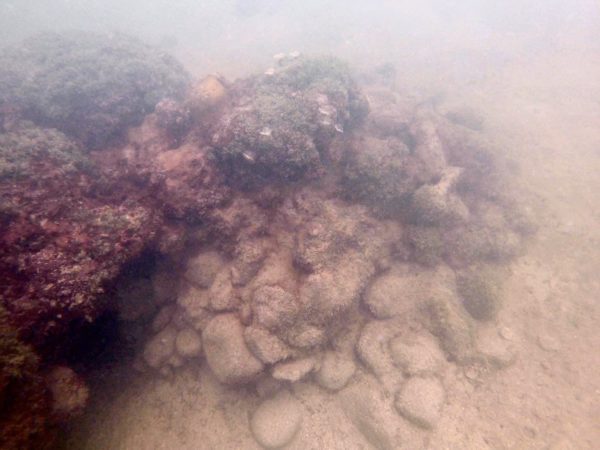
In 2015, Leah and Colin began their research on the long forgotten, or perhaps simply overlooked, wreckage of this centuries old vessel with a story to tell. They had heard from another diver in the area that there may be the wreckage of a sunken ship in the bay. And Colin had recalled seeing, and hearing about, that ballast pile…
“The ballast pile had been located over the past twice by local divers to Colin’s knowledge, one being Dicky Connors who brought the ballast pile to our attention,” said Leah.
When Colin first noticed the ballast pile in the early 2000’s, to him, it was merely a pile shrouded in the shadows of the murky waters. But after years of historical self-education, and hearing again about the piles beneath the sea. He thought back on the image in his mind from that day. And he and Leah moved forward with their investigation.
In a clandestine process designed to protect the wreck’s integrity while they conducted their research, Colin and Leah realized they would need to bring in the help of an archeologist in order to validate their findings. The wreck had been mapped and all dateable findings identified when Virgin Islands National Park Archeologist Ken Wild joined the two in their quest for the truth behind the wreck.
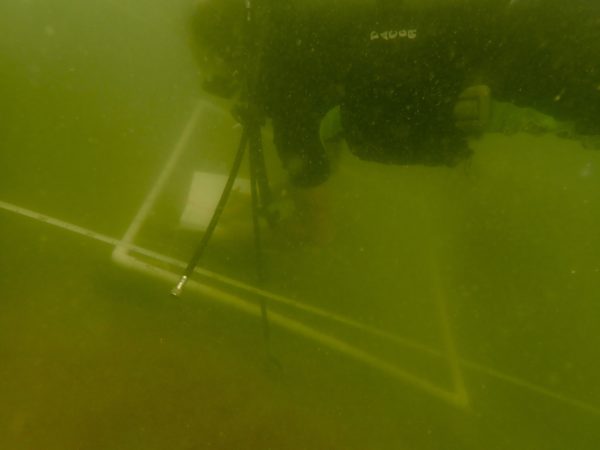
Over time, Leah and Colin had uncovered a multitude of pieces of the sunken ship, now categorized as Coral Bay 1. The discovery of the anchor of the vessel, the hull and a scattering of artifacts with a clear timeline attached to them slowly began to lead the couple to believe that this may be the oldest shipwreck ever discovered in the waters surrounding St. John. The ballast pile and the anchor were the first signs to the timeline…Ballast stones were widely used from the 1600’s to the 1800’s.
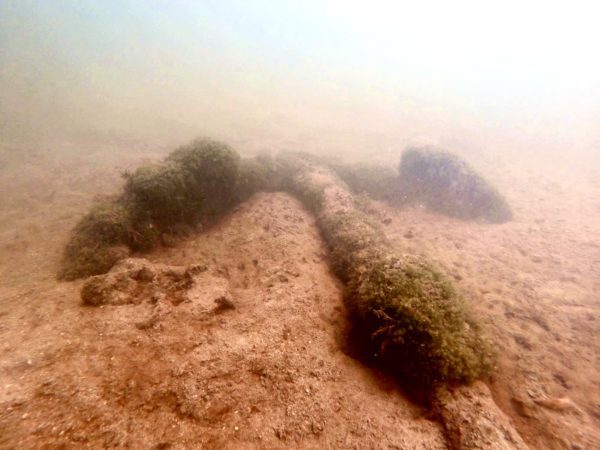
A glass bottle, likely filled with ale or spirits of some sort, was uncovered and fully intact. According to Colin, these particular bottles were produced sometime in the late 1730’s or early 1740’s and are of either Danish or Dutch production. A scattering of clay pipes, one with a maker’s mark intact, are estimated to have been made in Holland along the same timeline.
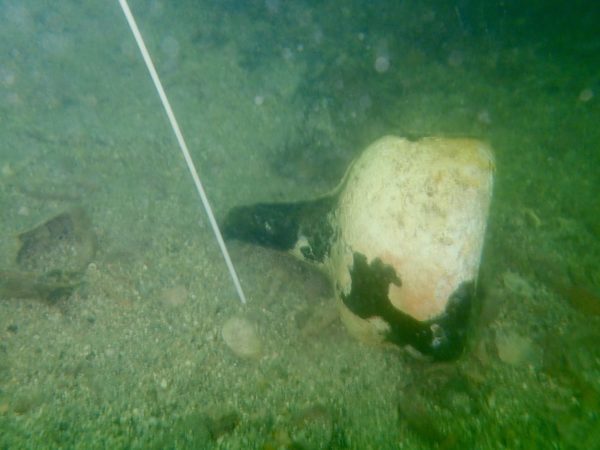
Colin mentioned that these two specific discoveries are key to pinpointing the timing of the ship’s demise. Items such as these were in heavy production in the Dutch and Danish ports of origin for the ships arriving in what is now the US Virgin Islands. But, made of clay and glass, they were fragile and broke frequently. Artifacts such as the bottles and pipes likely took on a different shape every four to five years. They would have looked entirely different, say, forty years later.

The current discoveries are as follows:
- The vessel is from the early 18th century
- It is a 50-60 foot sailing vessel
- The clay pipes were made in Holland
- There was artillery and ammunition on board
The conclusions of where this particular vessel is from or what it was exactly doing in Coral Bay Harbor in the early 1700’s will only be found with daunting amounts of research and extensive excavation, preservation and investigation of the wreckage. According to Leah, pinpointing the time period and nationality of any vessel could prove to be very difficult sifting through a vast amount of segmented research information.
“There are so many different organizations all with different records and it’s about linking up with these organizations to find what research materials they have available. And sifting through the vast arrays of data” she said.
“The best resource for all things Danish West Indies is found in the Danish National Archives,” Leah continued. “But this is a wealth of information, often written in the difficult language of the time, Gothic Danish. And sifting through it requires exhaustive research. Enlisting curators and experts’ assistance from Denmark will hopefully help us as well.”
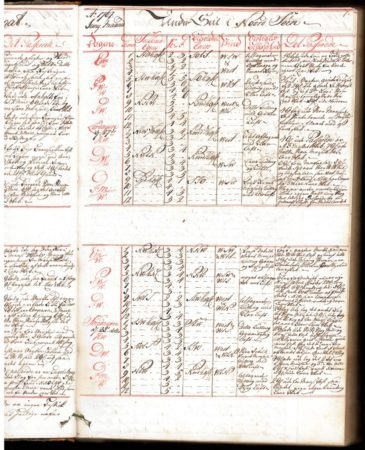
Even if they can pull a name from the vessel and find it in maritime records pre-dating the sinking of the ship, it still may have changed hands within the timeline. They will have to put together the pieces of research from various places until they uncover the truth.
“The process of identifying a shipwreck is an incredibly daunting endeavor in any case, and Coral Bay 1 is no exception” Leah explained. “Artifacts which provide information as to nationality or date help us to begin searches into the vast array of records from the period.”
The ship’s dateable artifacts point to a time period of the 1730’s-1740’s. A time period containing arguably the most significant historical event to have ever occurred on St. John: The St. John Slave Revolt of 1733.
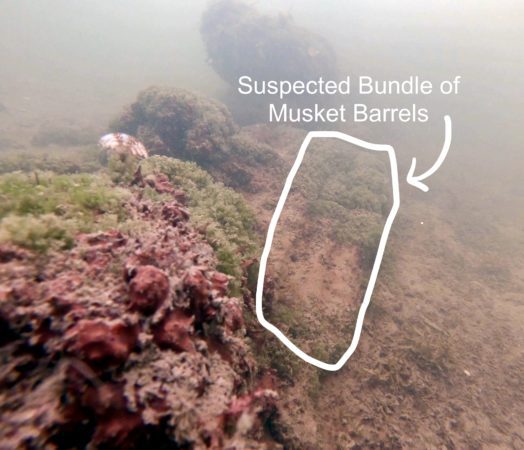
It would be an invaluable piece of history, reclaimed for ancestral St. Johnians and descendants of the enslaved, if this shipwreck had any direct or indirect relevance to the revolt. Regardless, considering the concluded time period, the shipwreck undeniably, in some capacity, had dealings with the business of slavery.
If the ship can be dated as far back as 1733, it MAY have been a part of the great historical slave revolt of 1733. If the timeline lands a little later than that, it may still have been used in the transport of enslaved laborers being brought from Africa to forcibly work on the island. Enslaved laborers were still being brought into the territory into the late 1700’s and early 1800’s.
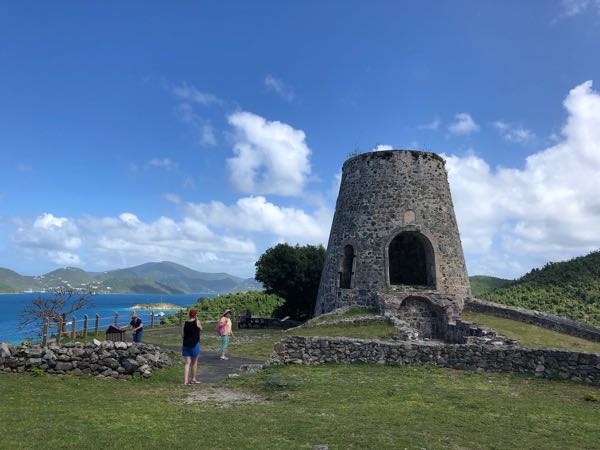
Let me just touch on the impervious significance of this wreckage and its discovery. First, as aforementioned, even on the late end of the proposed timeline, this is still the OLDEST shipwreck ever discovered in the bays surrounding St. John. Second, it definitely falls into the schedule of slavery and plantations, making it extremely significant to the people of St. John, their culture and potential discoveries of familial artifacts. Lastly, IF this was indeed used for slave transport, this would be one of few verified slave shipwrecks throughout the world, a widely under-documented piece of the archeological record of colonial times.
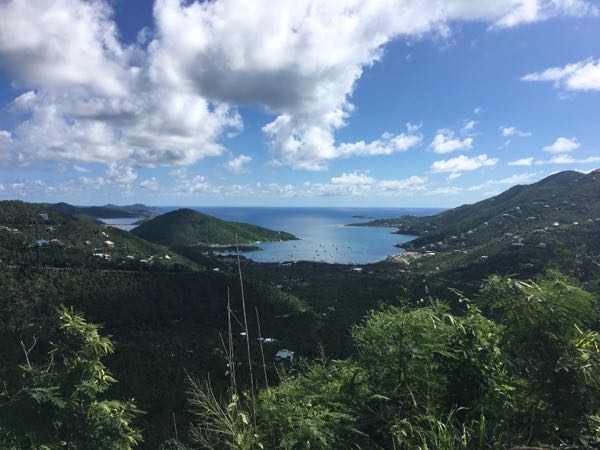
“According to the Trans-Atlantic Slave Trade Database, around 35,000 ships were used to bring over 12 million enslaved Africans across the Atlantic between the 15th and 19th centuries.
Some wouldn’t survive the journey, and an estimated 500 to 1,000 of the ships, including the Sao Jos-Paquete de Africa, wrecked before reaching their destination.
However, only five have been found in the many years since then, and just two have been adequately documented.” – CNN Article – August 2021
So, just to recap…
From 2015-2019, Leah and Colin, dutifully, passionately and quietly researched, advocated for and petitioned for this wreck on their own. In the spring of 2019, they involved marine archeologist and NPS employee, Ken Wild, in order to validate and verify their findings and reports. After Wild received approval from the Ethics Board in Washington, DC he did just that.
But, over this past summer, things amped up as national organizations and publications came to assist Leah, Colin and Ken and help to document and verify the wreckage of Coral Bay 1. Diving With a Purpose (DWP), a non-profit organization focused on protection, documentation and interpretation of African slave trade shipwrecks and the maritime history and culture of African Americans, came to dive the wreck and assist with the research in July.
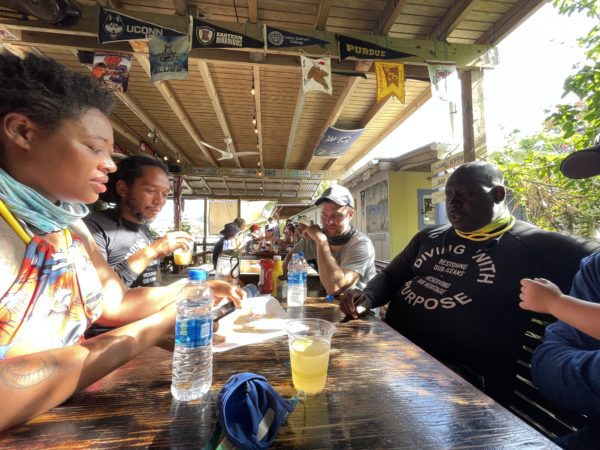
DWP was joined that week by SEARCH, the largest cultural resource management company in the United States, and the National Association of Black Scuba Divers (NABS). During their time on St. John, they were able to verify Colin and Leah’s findings and Ken Wild’s report. They are currently working on their own reports of their findings and making recommendations to the team on the ground in Coral Bay. National Geographic photographers, David Doubilet and Jenn Hayes, documented the July dives to be covered in a spring issue of NatGeo.

Regardless of the schedule of events, while there is still so much to be learned about Coral Bay 1, it is, without a doubt, conclusive that it is a significant piece of St. John’s past; both culturally and historically. And, its unique historical significance combined with the support of national dive organizations and coverage of publications such as NatGeo, it is bound to gain widespread attention.

The discovery and further investigation of this wreckage is imperative to adding to the timeline of St. John’s past. It will help to unearth formerly unknown fragments of history…piece by piece.
On the flip side of the proverbial coin, you may recall the back and forth about permitting for the Summers End Marina in Coral Bay? Well, the footprint of the proposed marina is in dispute with the discovery of this wreck. But that, my friends, is another story for another time….
We will be conducting ongoing coverage of this story as it continues to unravel including in depth reporting on new information as it comes to light. And how the discovery of this piece of history may affect the future.
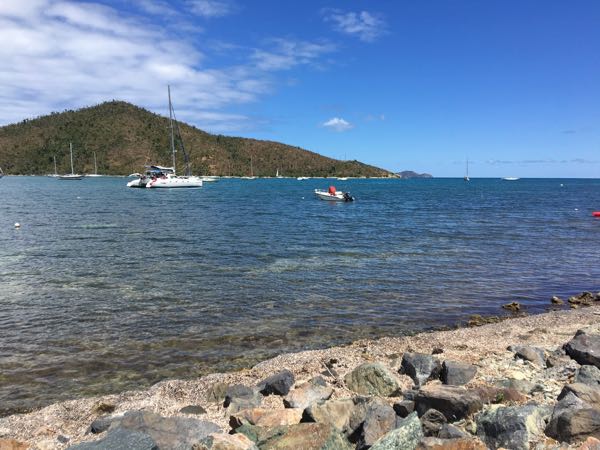
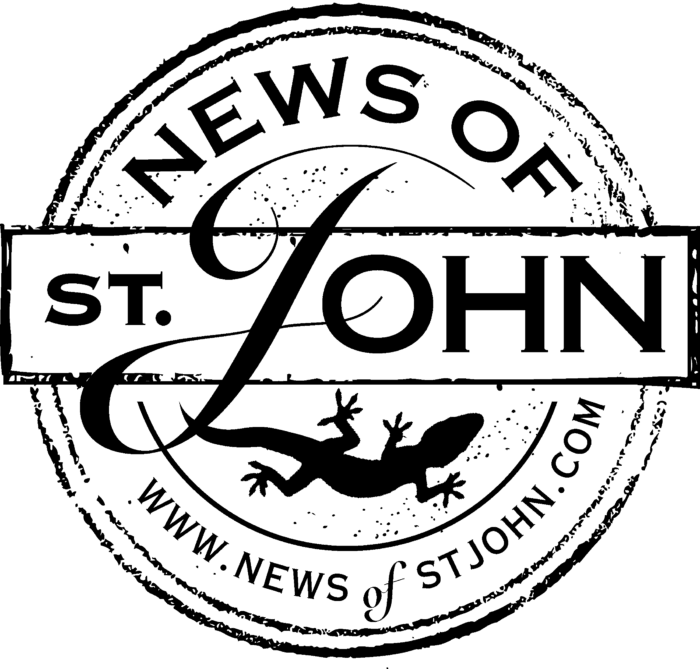

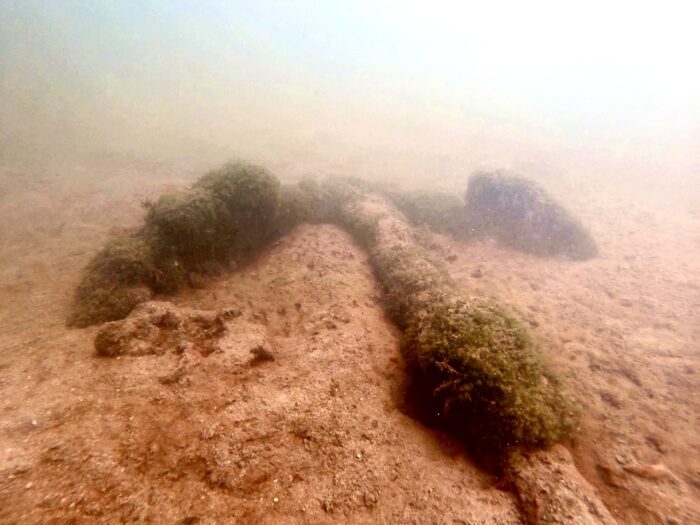
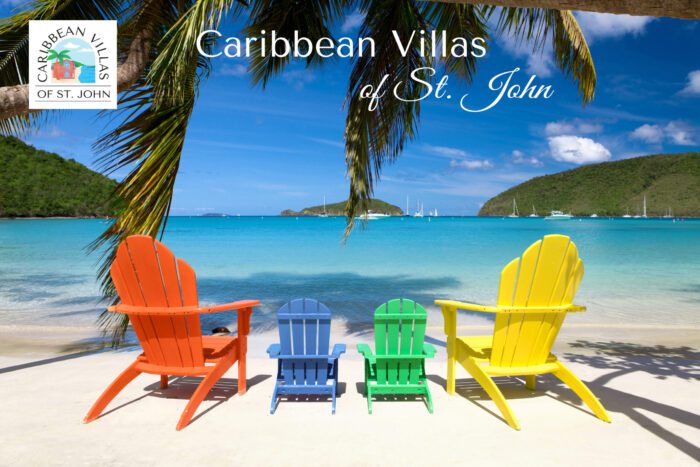
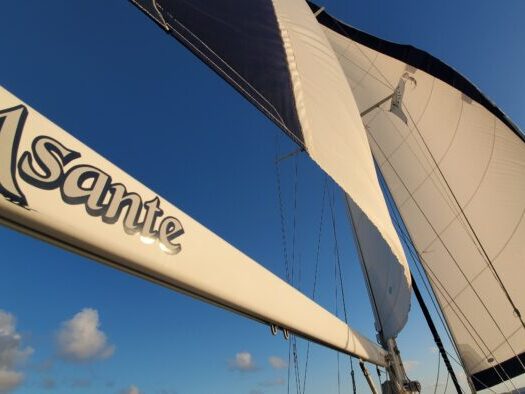
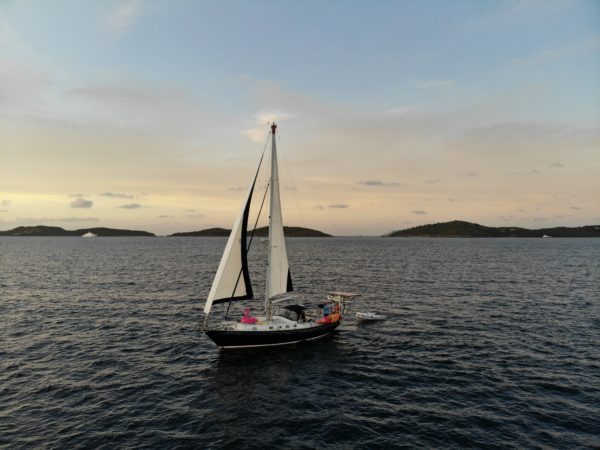

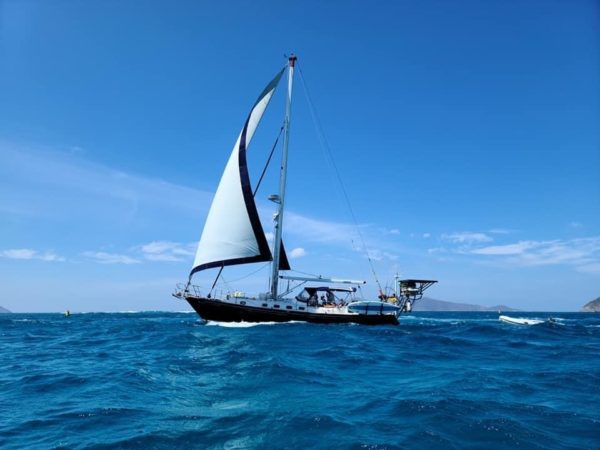
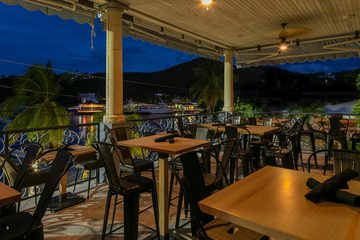
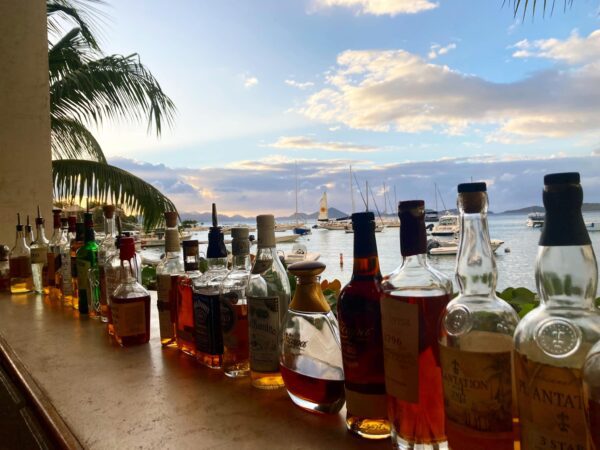
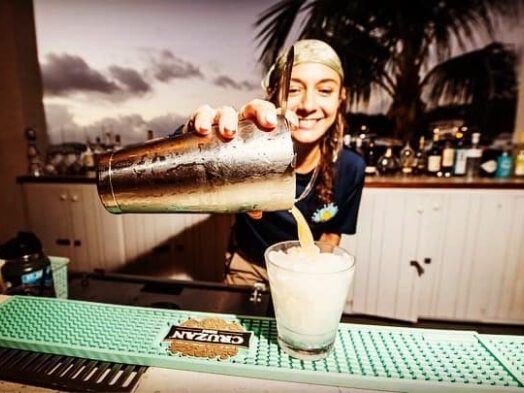
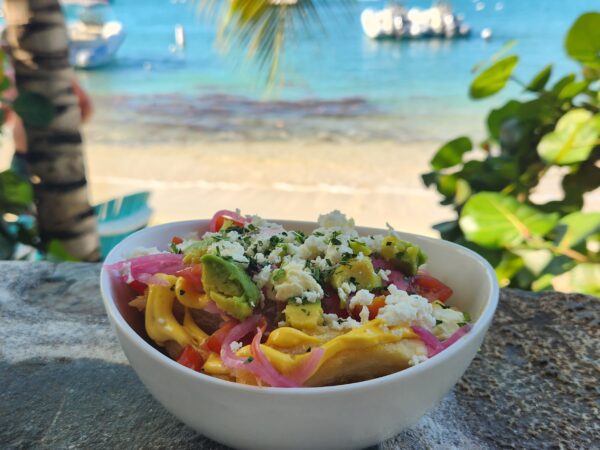
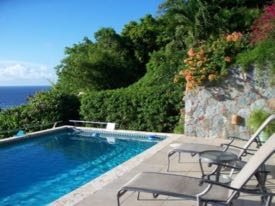


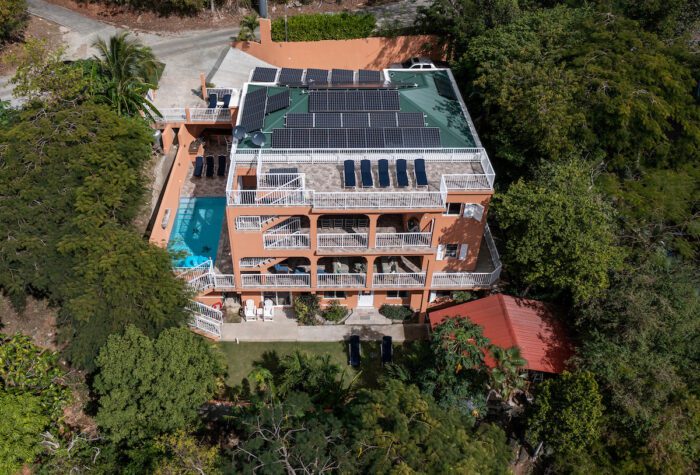
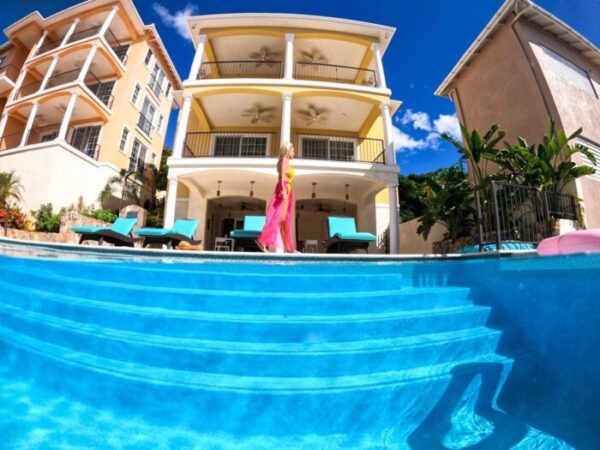
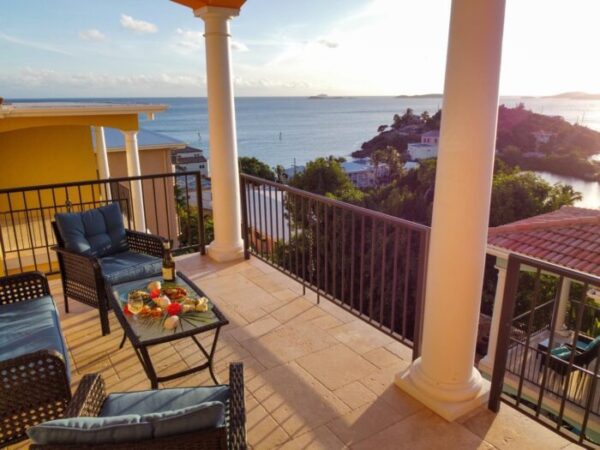
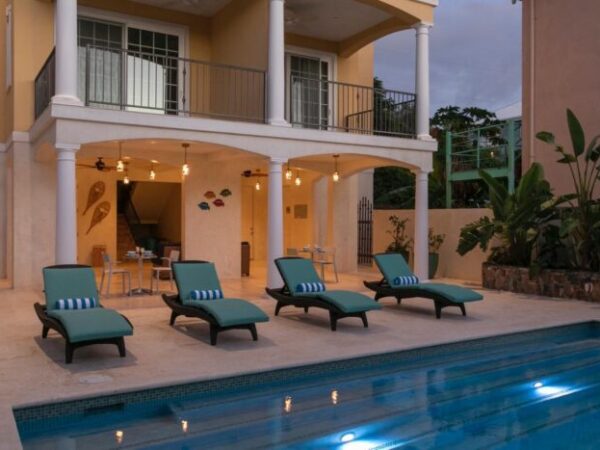
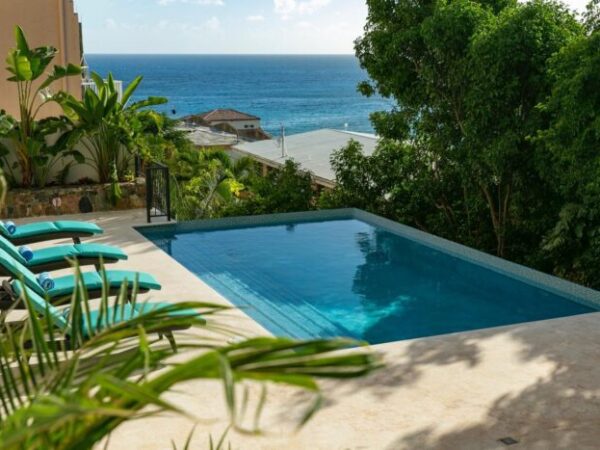


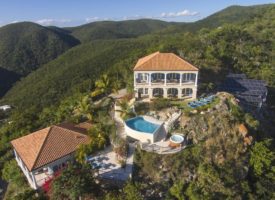
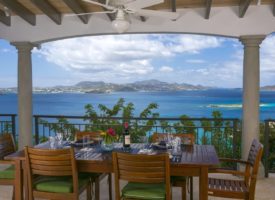
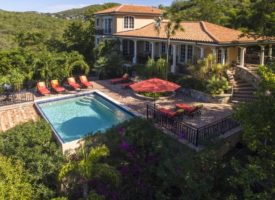
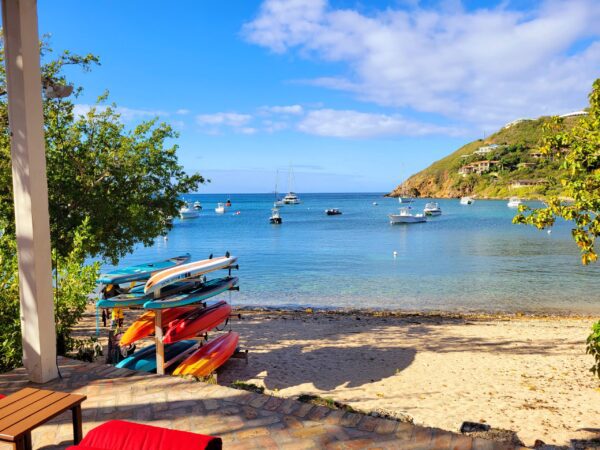
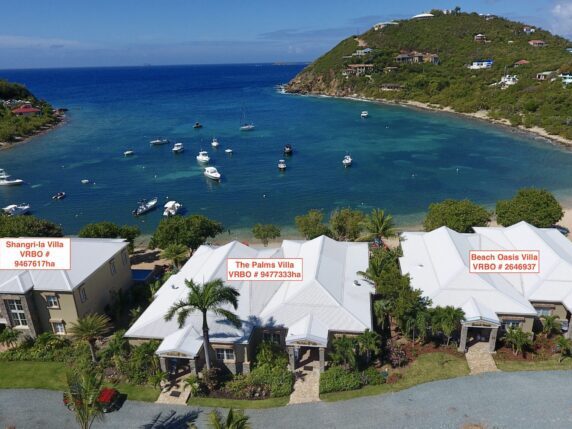
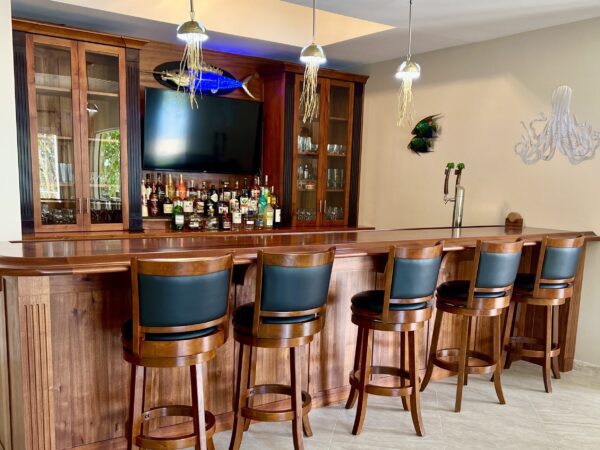
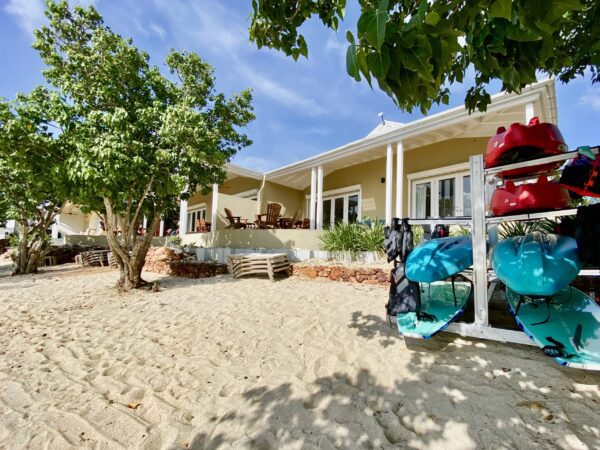
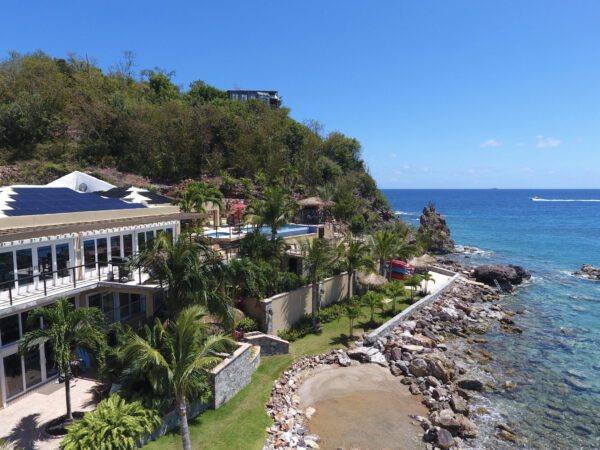
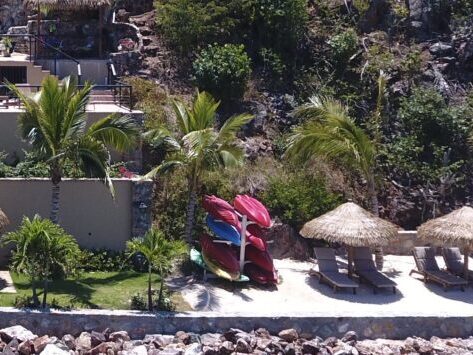
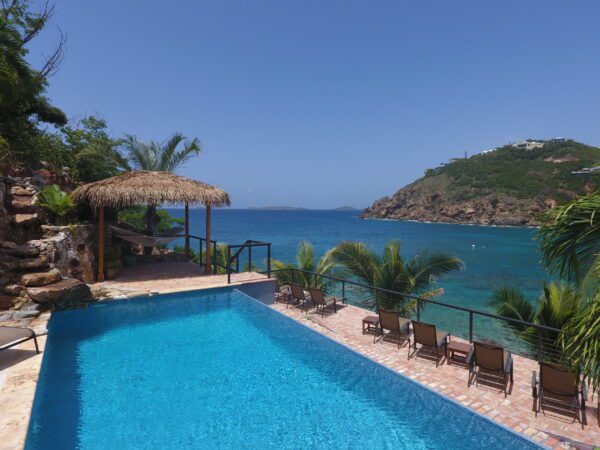
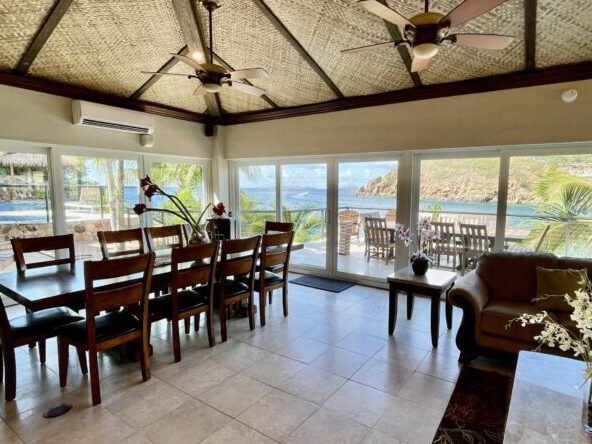
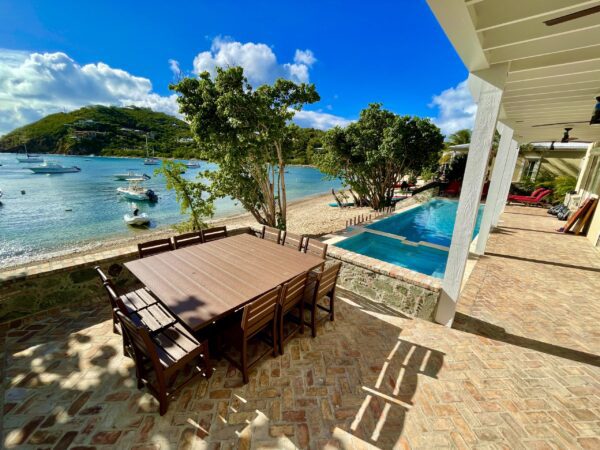

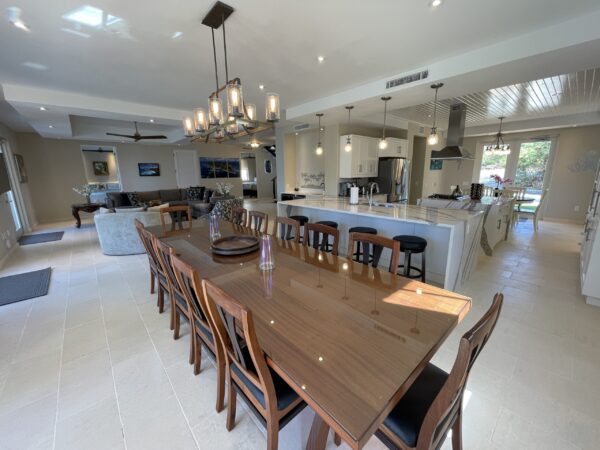


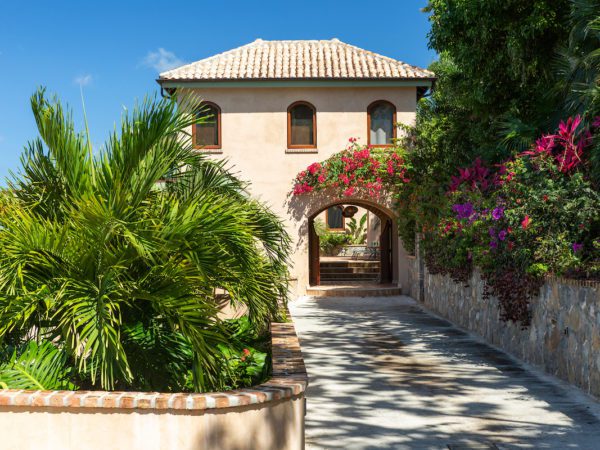
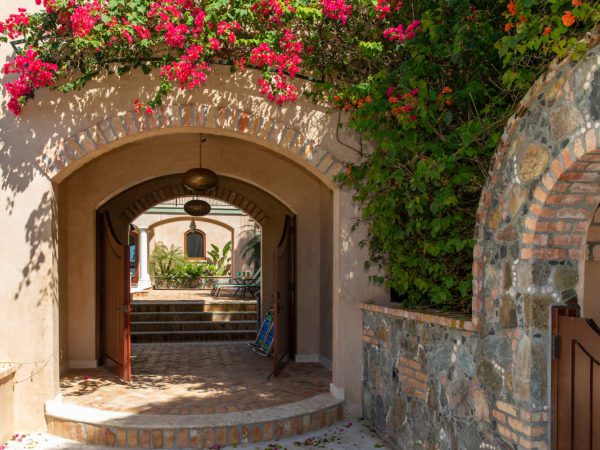
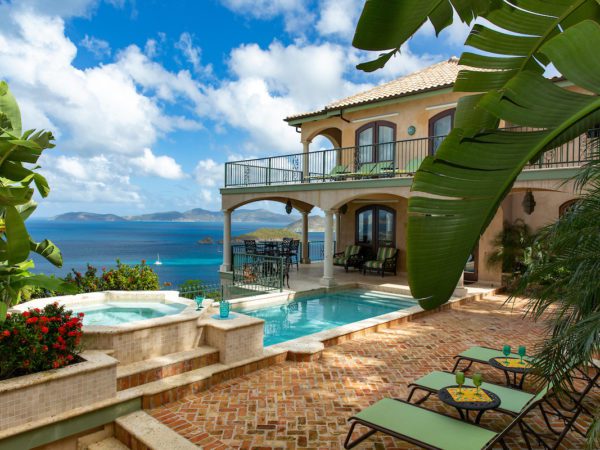
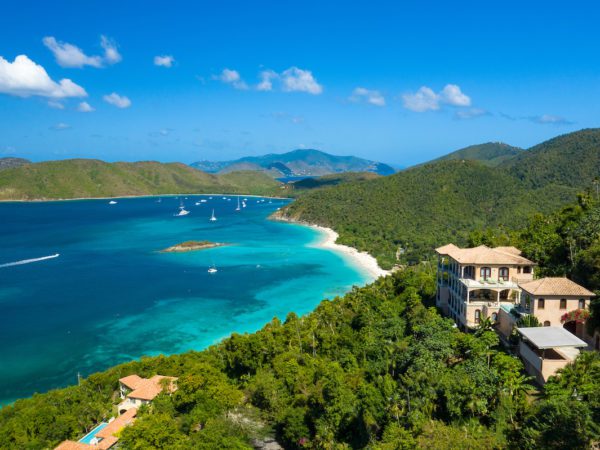
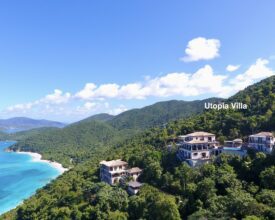
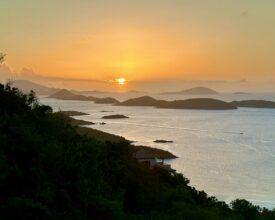
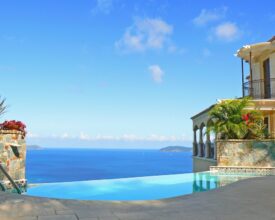
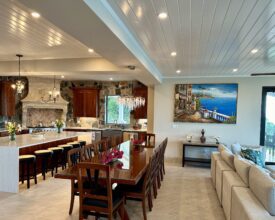


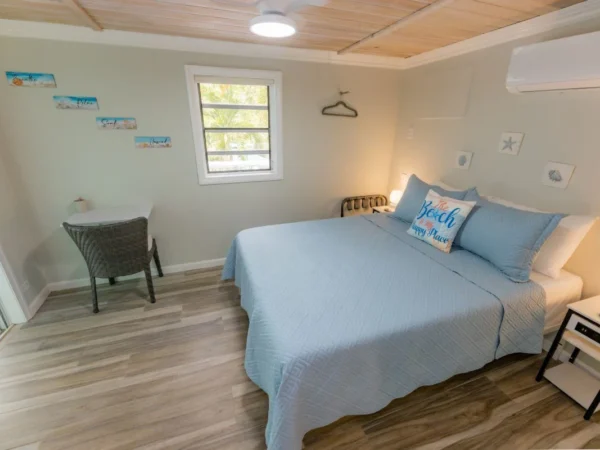
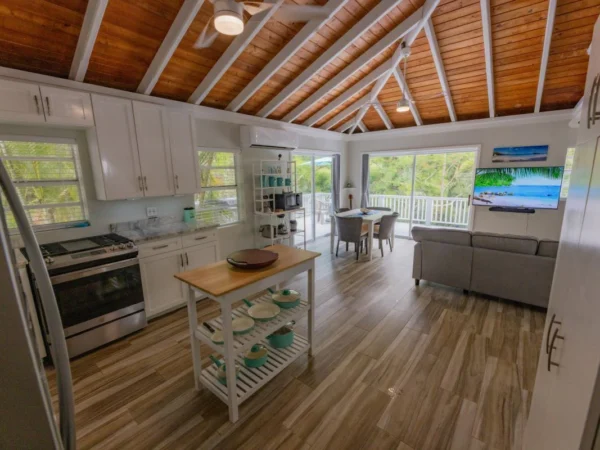








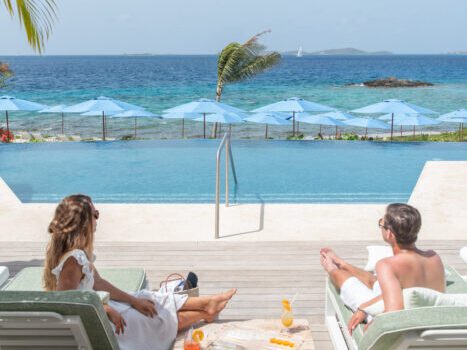
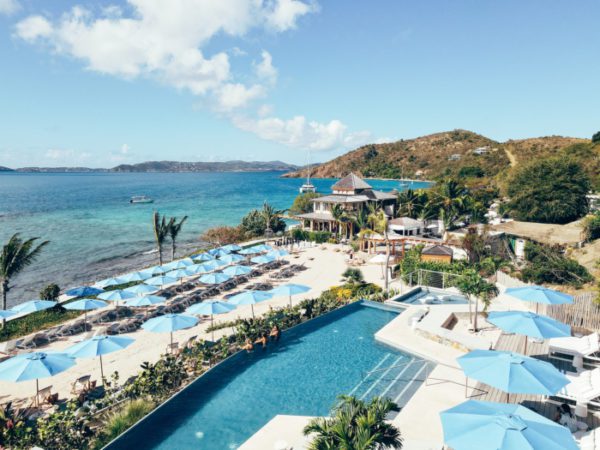

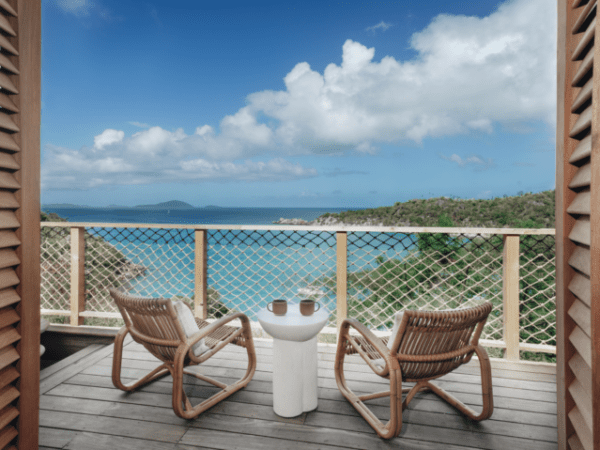
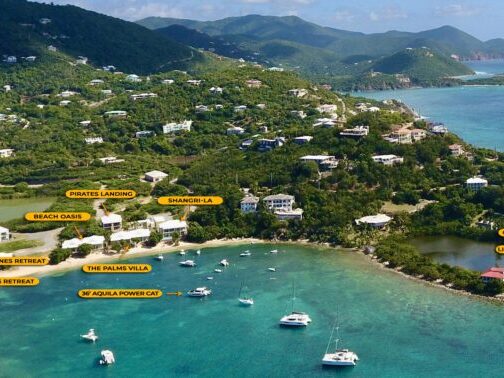
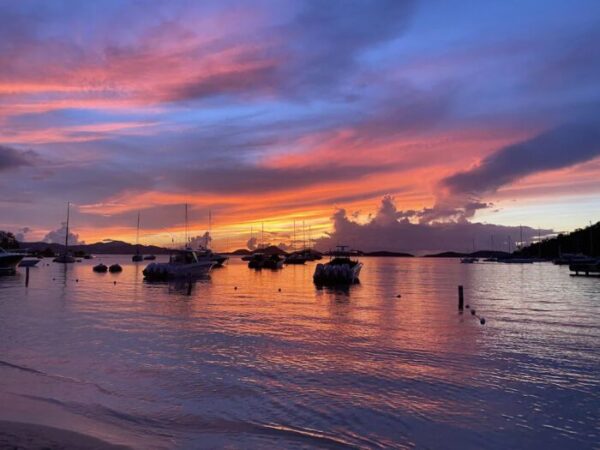
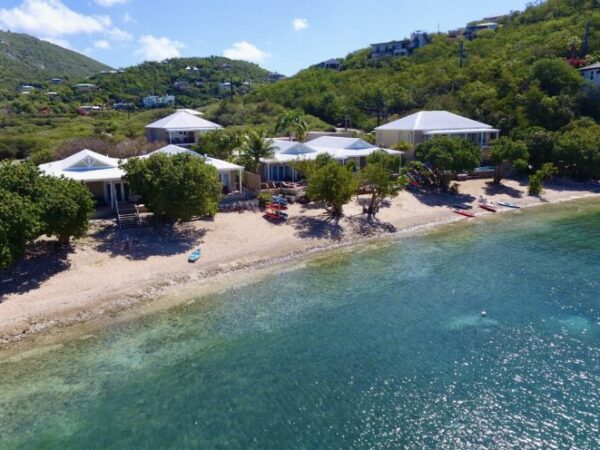
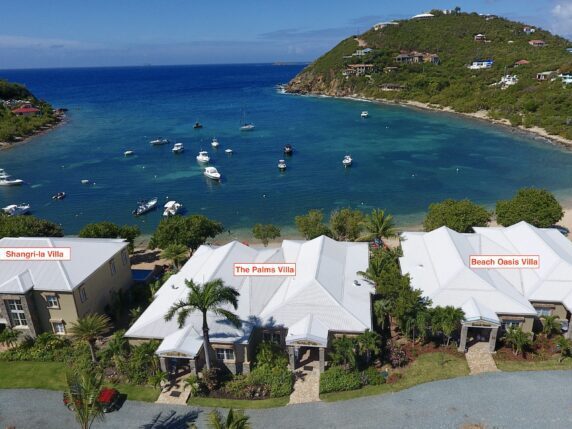


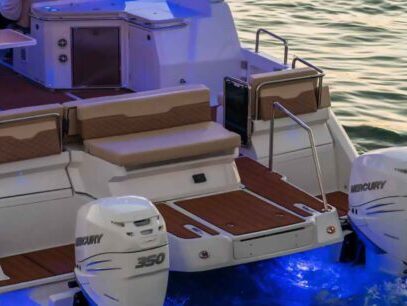
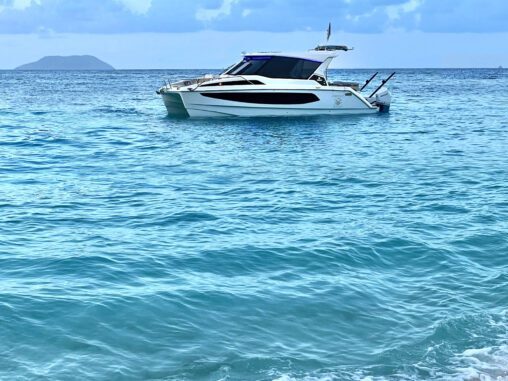


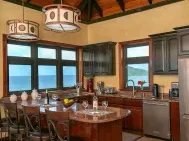
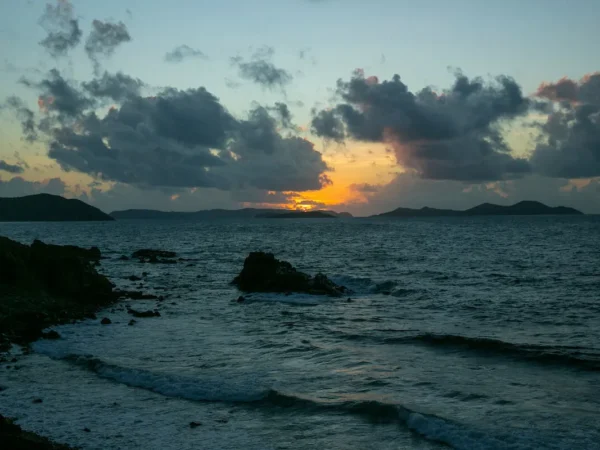

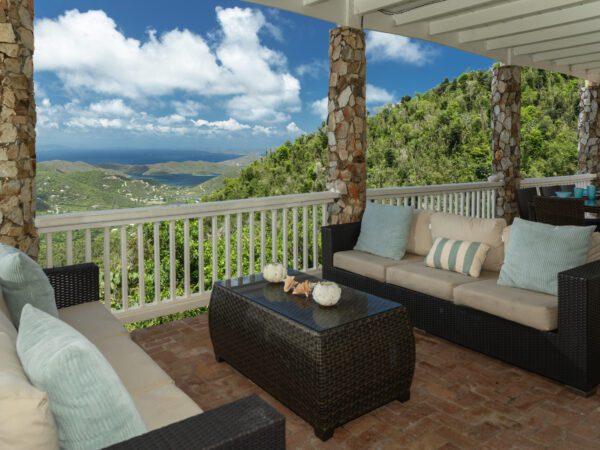
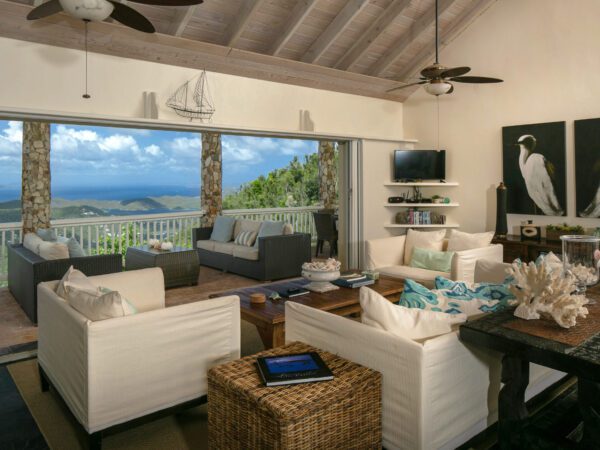
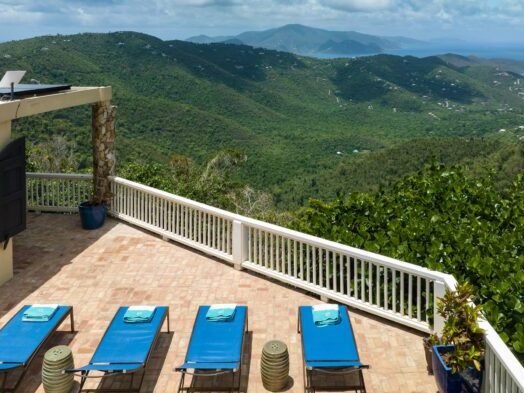
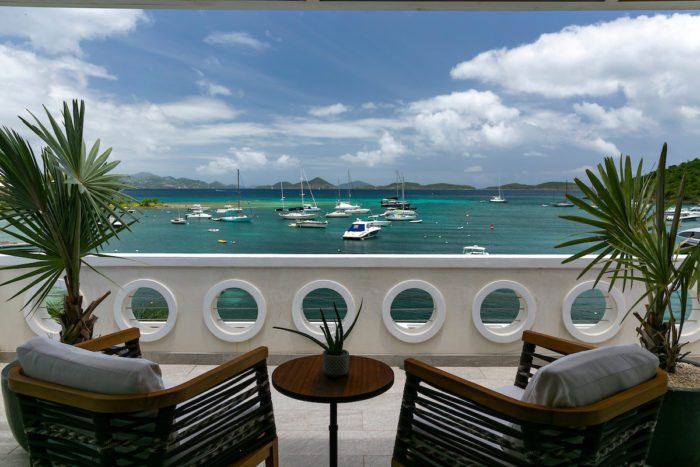

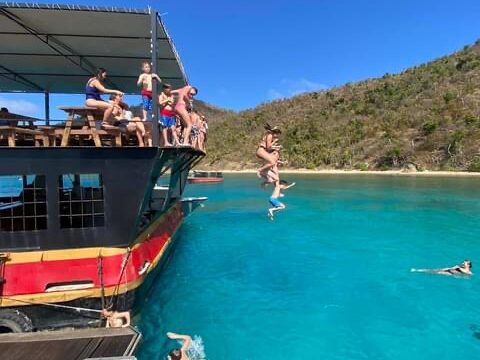
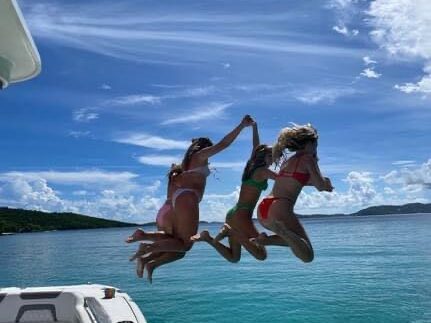
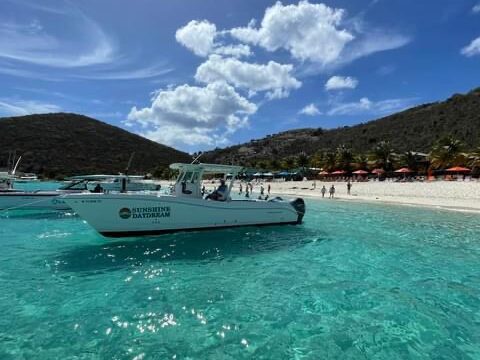
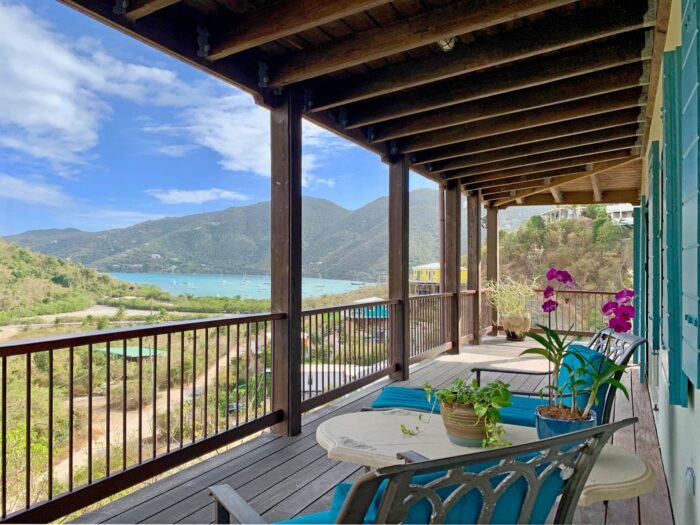
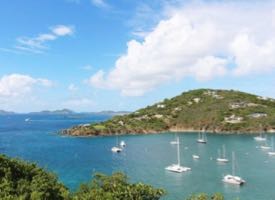
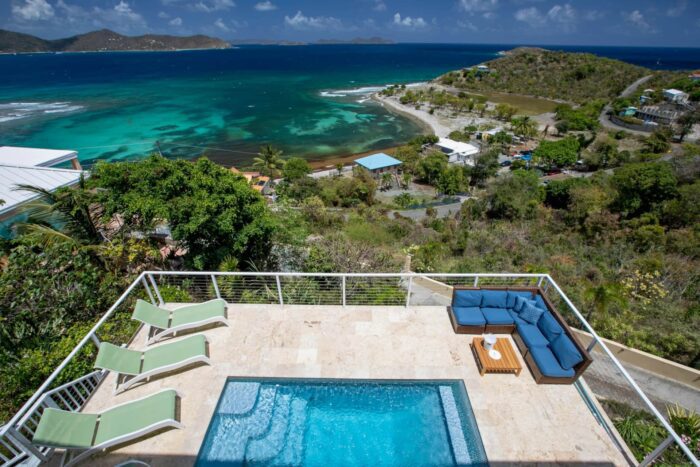


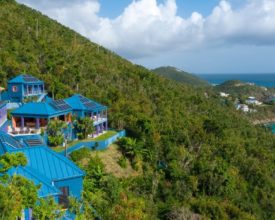
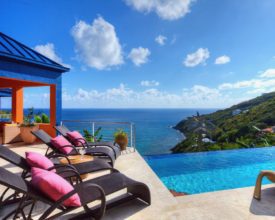
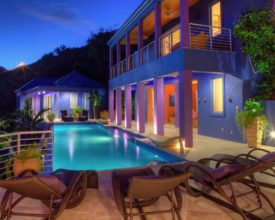
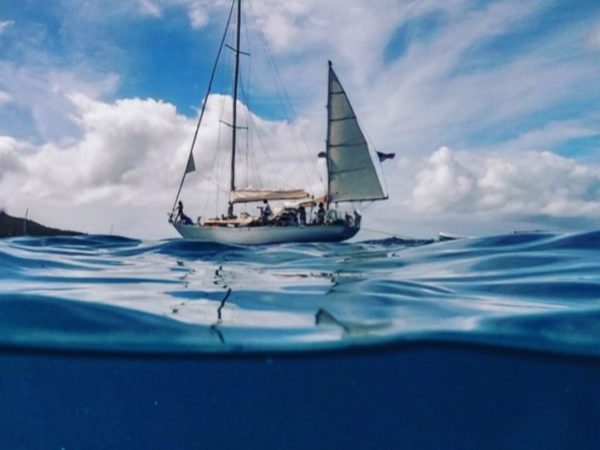
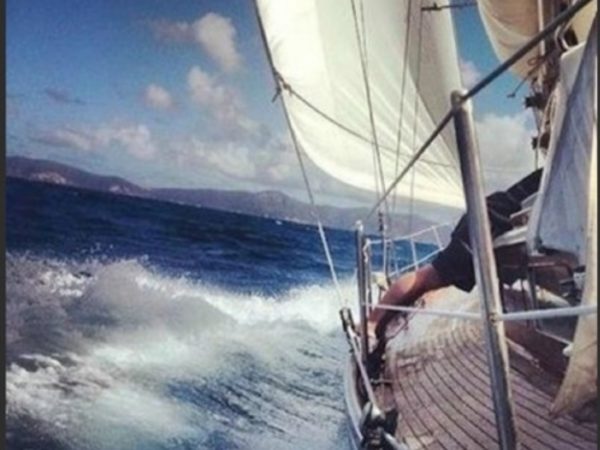

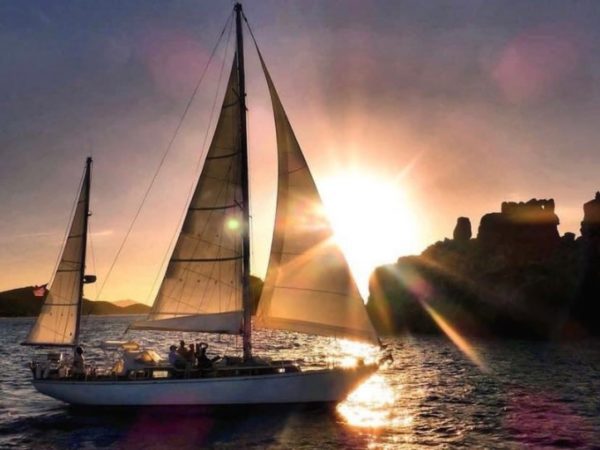
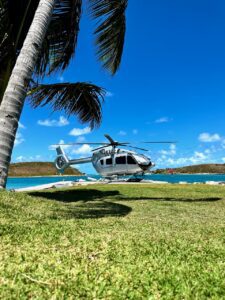


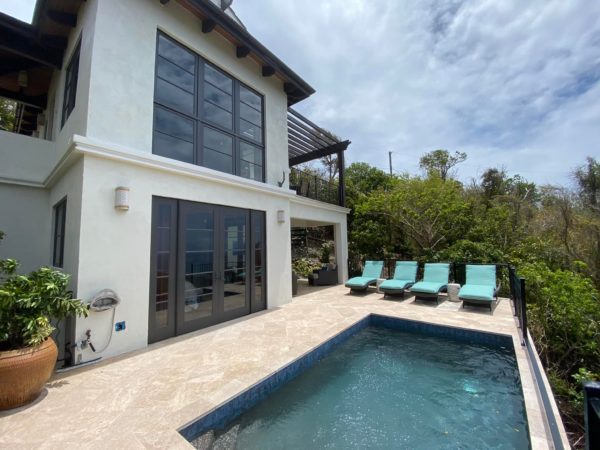
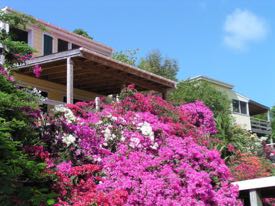
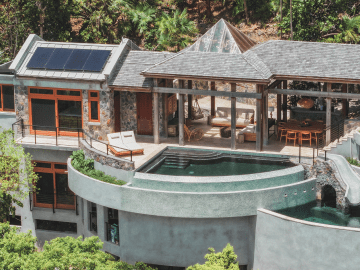
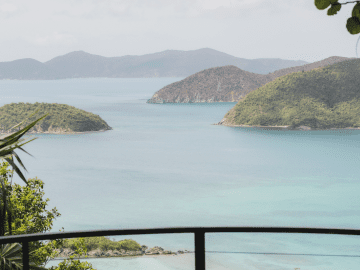
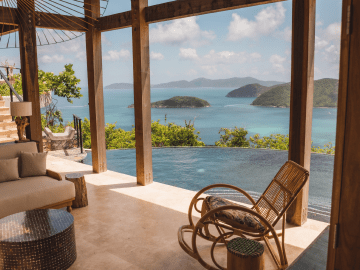
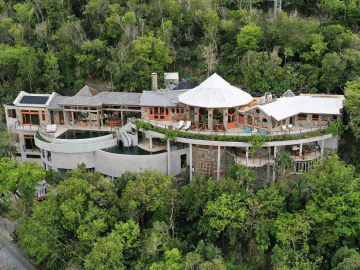

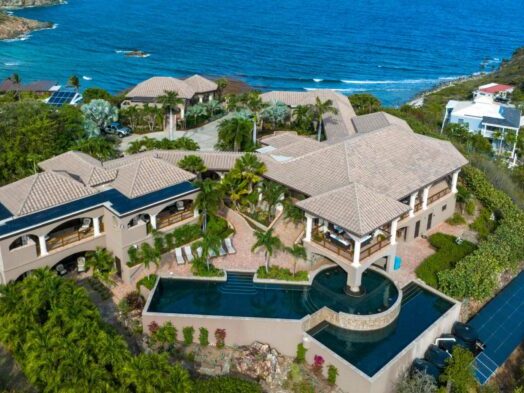
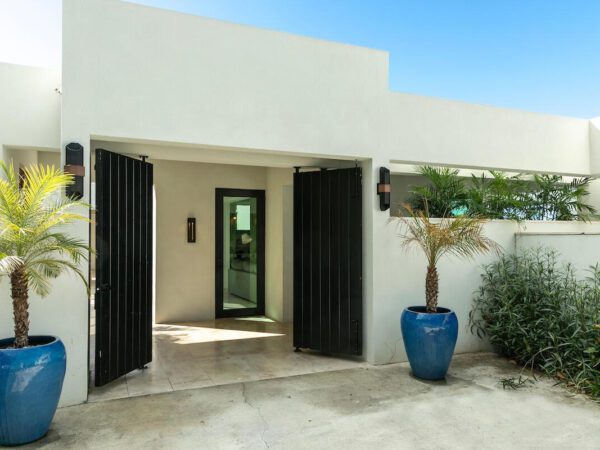
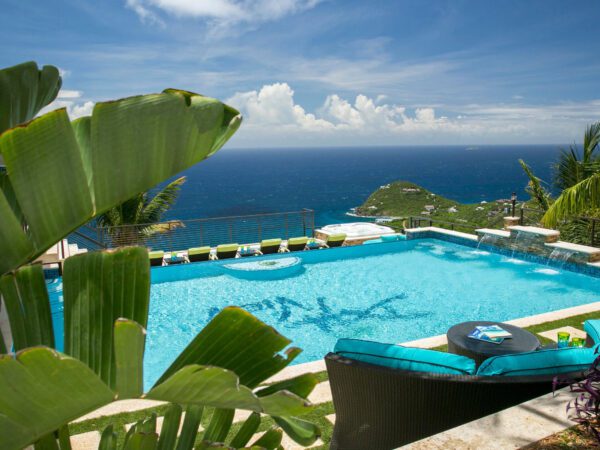
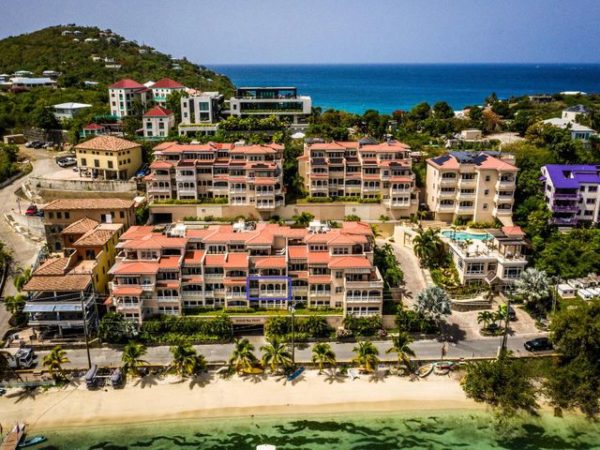
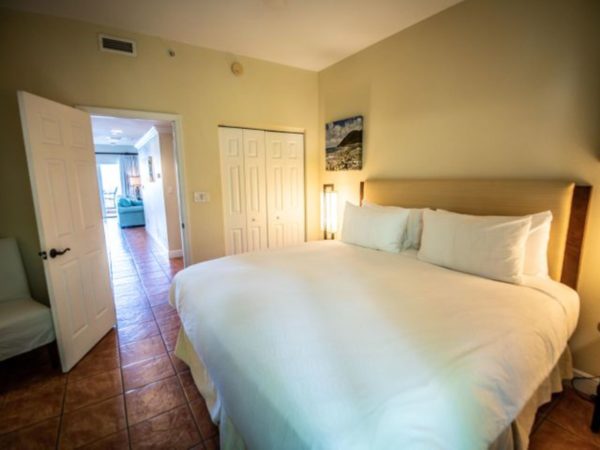
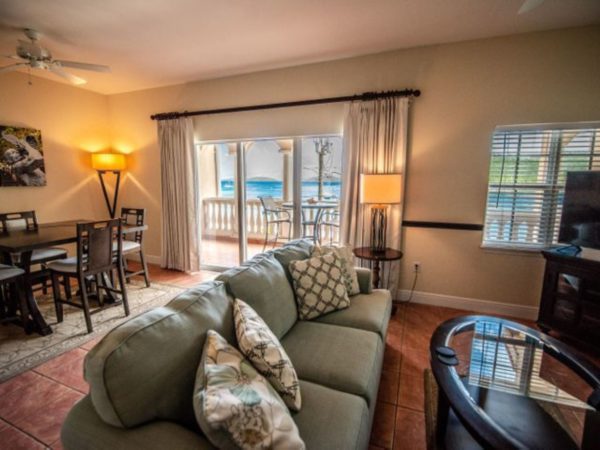
Incredible story and really fascinating! Can’t wait to read more about the discovery and its ties to the history of St. John
Very interesting article Hillary ! My wife and I did a day snorkel with Colin and Leah a few years back, and at the end of the day Colin dropped me in over at the anchor location. I took a few pics , and remember that area being very low vis due to the silt/algae. Probably the most low vis spot anywhere around the entire island. Great historical significance !
This is such an amazing find and a wonderful story. Thank you for keeping us up to date!
Fabulous story. I love following this. It is truly fascinating. I wish all involved the best of luck to keep this going.
May we all cherish and protect the mysteries that lay beneath coral Bay.
Hi Hillary: This is an excellent article and full of history and excitement about the Coral Bay1. Im looking forward to reading more about Leah and Colin. Thank you for writing and sharing.
Amazing article! And hats off to Colin and Leah for pursuing this important historical history of STJ. Two incredible folks!
The latest correspondence from the Army Corps of Engineers to Summer End Group requires research of the shipwreck:
“Additionally, a detailed analysis of the reported shipwreck site by a professional underwater archaeologist is required in order for the Corps to continue the Section 106 and Appendix C review. ”
THANK YOU Colin and Leah.